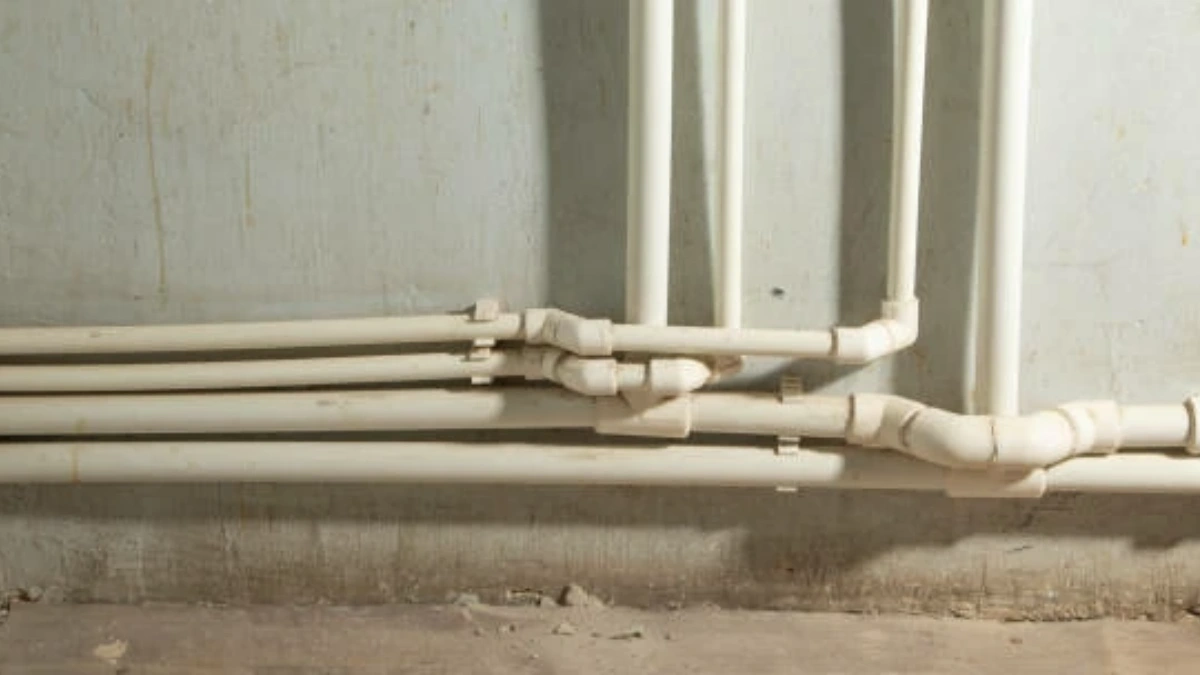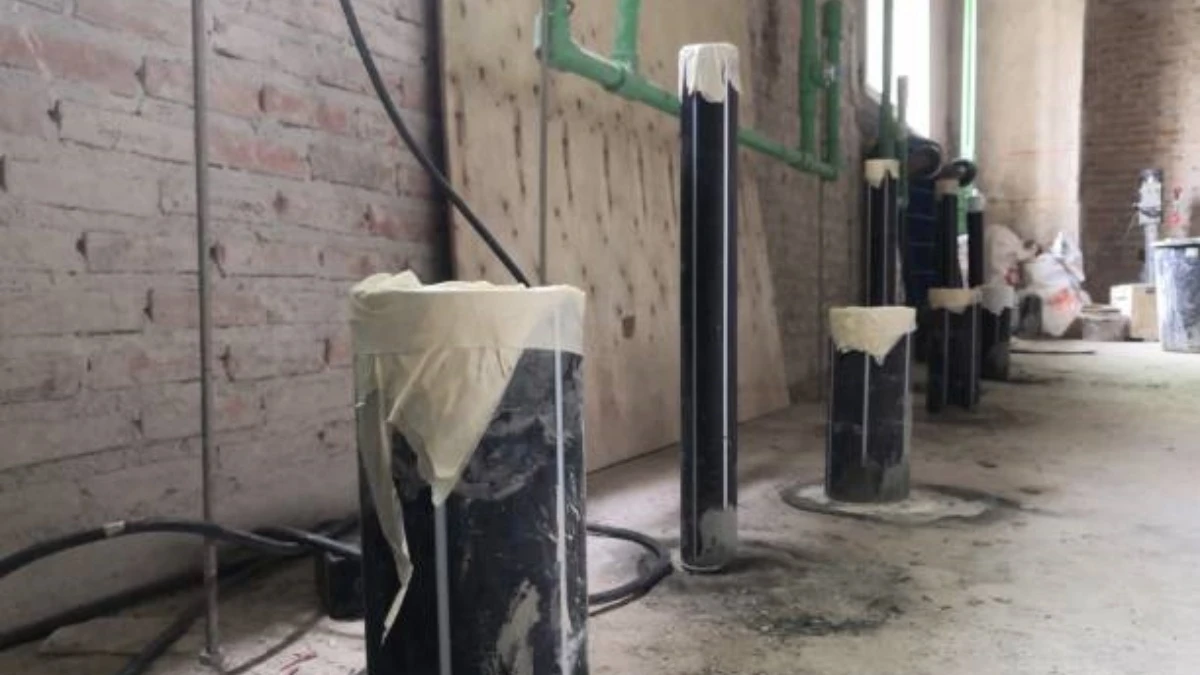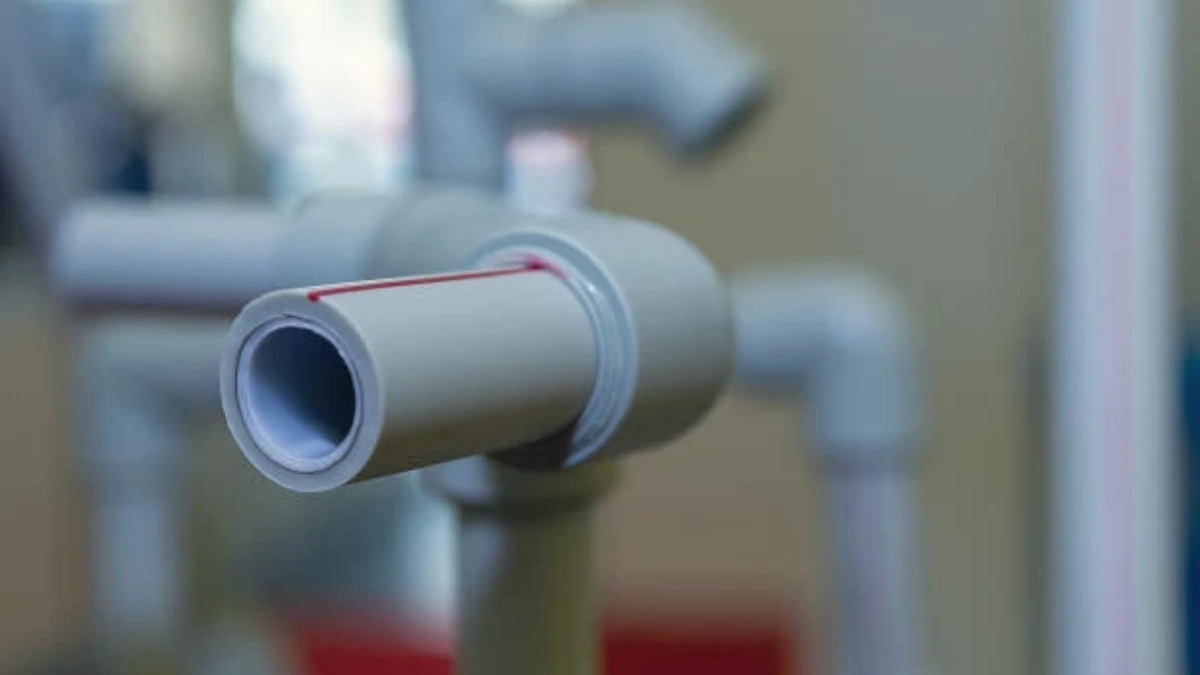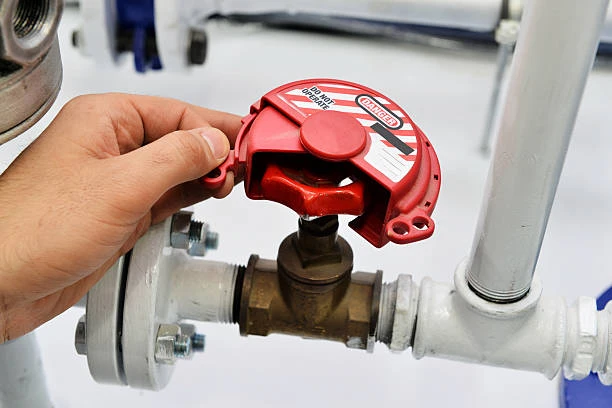Introduction: Why Concealed PPR Valves Matter
Homeowners and interior designers want plumbing systems to work well and look neat. Concealed PPR valves solve both problems. These valves hide inside walls or fixtures, leaving only a sleek handle or cover visible. They provide control without affecting room aesthetics.
Unlike bulky metal valves, concealed PPR valve stay hidden. They support modern minimalism in kitchens, bathrooms, and commercial spaces. You get smooth water control without visible clutter.
What Are Concealed PPR Valve?
Concealed PPR valves use polypropylene random copolymer (PPR) as their core material. They stay out of sight behind tiles, walls, or cabinetry. Only the control lever or knob shows. These valves connect to standard PPR plumbing pipes and offer strong, leak-free performance.
The body of the valve sits inside the wall cavity. It links directly to water supply pipes and provides full on/off control. This type of valve works well in shower panels, washbasins, and under-counter systems.
PPR offers heat resistance, corrosion resistance, and chemical stability. These features make concealed PPR valves suitable for both hot and cold water systems.
Why Choose Concealed PPR Valve Over Exposed Ones?
Designers and plumbers prefer concealed PPR valves for several reasons:
- Aesthetics: They maintain a clean, modern look with no bulky metal parts exposed.
- Space-saving: They free up space in small bathrooms and kitchens.
- Durability: PPR materials resist scaling, rust, and cracking.
- Safety: Concealed parts reduce tampering and accidental contact.
- Low maintenance: Once installed, they require minimal attention over time.
Homeowners want their bathrooms to feel like spas. Kitchens need clean lines and no distractions. Concealed PPR valves help achieve these goals.
Best Places to Use Concealed PPR Valve
You can install concealed PPR valves in almost any water control location. Some ideal areas include:
- Bathroom showers: Provide smooth hot/cold control with minimal visual impact.
- Under sinks: Hide shutoff valves behind cabinetry while allowing quick access.
- Washing machine zones: Control flow without cluttering the laundry space.
- Toilet water lines: Maintain wall aesthetics in modern restrooms.
- Outdoor kitchens: Deliver water control without visible valves.
These valves also work well in hospitals, hotels, and high-end commercial buildings where aesthetics matter.
How to Install a Concealed PPR Valve
Installing concealed PPR valves involves precision and planning. Follow these steps for a smooth process:
- Plan valve position: Mark the exact spot based on final fixture alignment.
- Cut an access hole: Use a hole saw or wall chisel to expose the wall cavity.
- Connect with heat fusion: Use a welding machine to join PPR pipe and valve body.
- Secure in wall: Fix the valve with clamps or holders inside the cavity.
- Test for leaks: Pressurize the system before closing the wall.
- Add the finishing trim: Install the decorative handle or plate.
Hire a qualified plumber if you are unsure of the heat fusion process. This ensures leak-proof connections and safe pressure handling.
Design Options and Finishing Styles
While concealed PPR valves hide most of the mechanism, manufacturers offer several trim styles. You can choose finishes that match taps, showerheads, or wall tiles. Common choices include:
- Chrome handles
- Matte black levers
- Brushed brass trims
- Minimalist square designs
These styles suit a wide range of interiors, from industrial lofts to luxury spa bathrooms. Some brands also offer anti-scald or thermostatic versions for showers.
Advantages for Modern Interior Design
Architects and interior professionals favor concealed PPR valve because they blend with minimalist designs. Fewer visible parts mean cleaner lines. These valves also support:
- Smart home integration: Connect to sensors or automation systems.
- Clean finishes: Use flush-mounted covers that match tile or wall paint.
- Safety in kids’ spaces: Reduce exposure to sharp or hot surfaces.
- Custom layouts: Place valves exactly where needed without visual limits.
Whether you’re designing a home spa or a luxury hotel suite, these valves keep the focus on the beauty of the space—not the hardware.
Maintenance and Replacement Tips
Although concealed PPR valve last many years, you should check a few points to ensure performance:
- Operate the handle regularly: This prevents stiffness or buildup.
- Clean trim plates: Wipe gently with a soft cloth to maintain shine.
- Avoid excess force: Gentle operation prevents internal stress.
- Replace seals if needed: Dripping or stiffness may require O-ring replacement.
If leaks occur, you can access the valve by removing the cover plate. You don’t need to break the whole wall.
Final Thoughts: Sleek Function Meets Reliable Form
Concealed PPR valves offer the perfect blend of function and form. They deliver leak-free performance while enhancing your space’s visual appeal. Their strong, lightweight, and eco-friendly design ensures peace of mind. Whether you’re building new or renovating, these valves suit any high-quality plumbing layout.
Avoid bulky valves that disrupt design. Choose PPR solutions that hide well and perform even better.
Frequently Asked Questions (FAQs)
1. Are concealed PPR valve suitable for hot water systems?
Yes, they resist temperatures up to 95°C and work in hot water lines.
2. Can I use concealed PPR valves in my kitchen?
Absolutely. They work well under sinks and inside cabinets for clean finishes.
3. Do these valves support high water pressure?
Yes, most concealed PPR valves withstand up to 20 bar of pressure.
4. Are special tools needed for installation?
Yes, PPR heat fusion tools ensure proper bonding and leak-free joints.
5. How long do concealed PPR valves last?
When installed properly, they can last over 50 years with minimal upkeep.


















